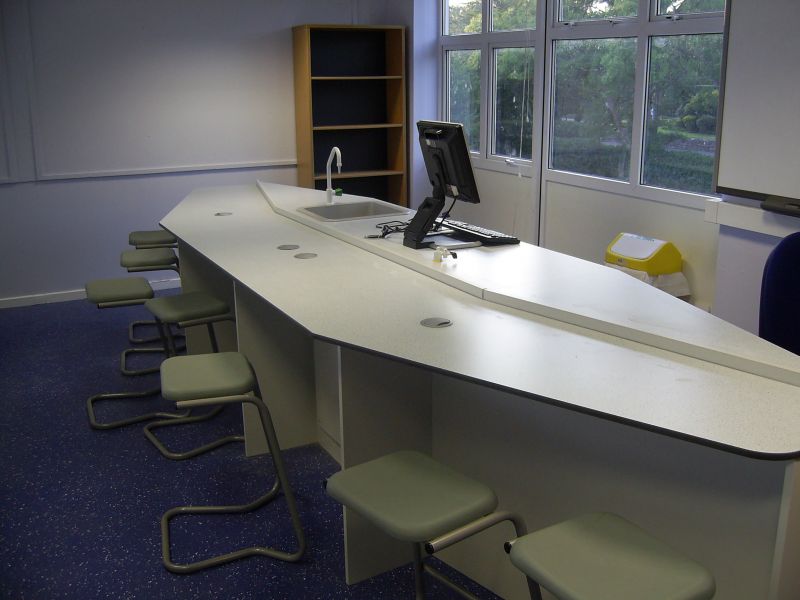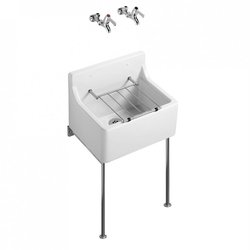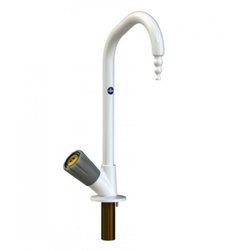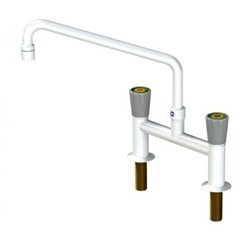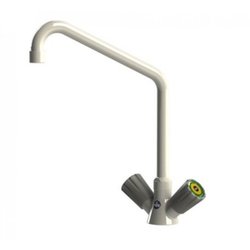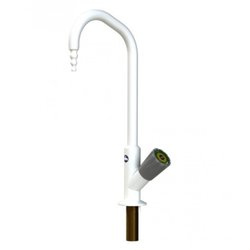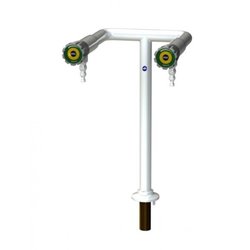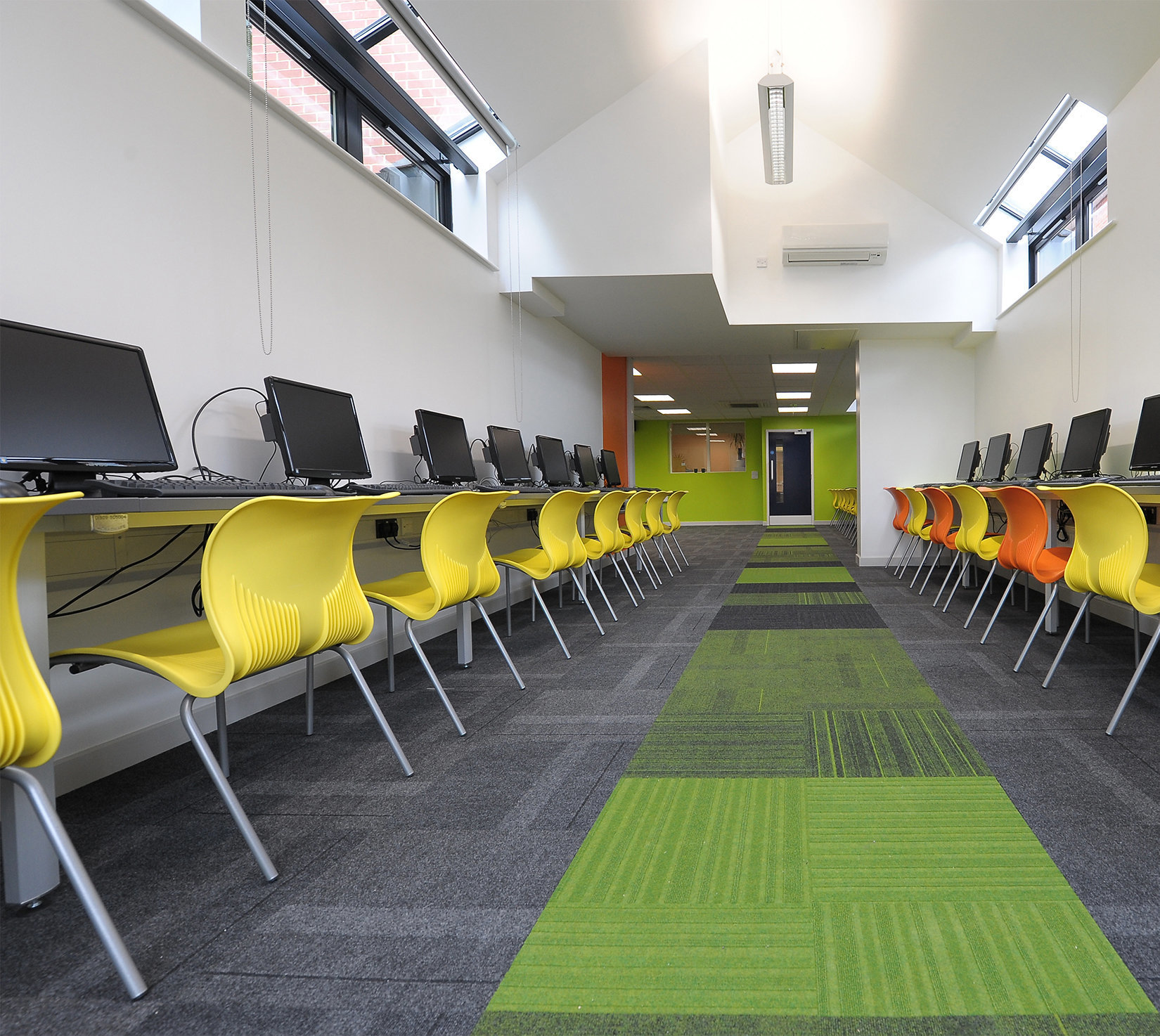Designing a Safe and Successful School Laboratory

Every single room is important within a school, but special attention should be given when designing a school laboratory where safety considerations are paramount.
Student practical area
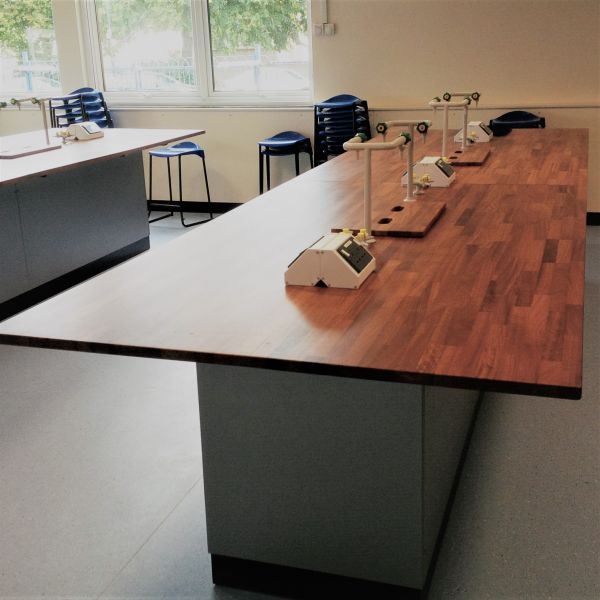
- This area is highly important since in this area students carry out practical experiments and follow demonstrations and instructions from the teacher. Since the students spend most of their time in that area, the furniture and the layout has to address the needs of all students and the teacher. The practical area consists of several components:
- Types of fitted benching or high tables –are the work surfaces where equipment can be laid out and experiments or demonstrations can be carried out safely. Tables are often grouped around service pedestals for easy access to services. Fitted benching can be installed to suit specific needs. Most commonly the benching is installed in long rows or horseshoe-shaped islands.
- Easy access to gas, water, electricity and drainage - It is important to ensure students and teachers are in easy reach of all services in order to carry out any experiments or demonstrations.
- Storage - Is often found underneath the work surface for efficiency. Science laboratories have often a mixture of shelving, drawers and tray units for optimum storage. Specific cabinets should be provided for dangerous substances within the laboratory.
- The layout - should allow the students and teachers simple, safe and straightforward movement throughout the laboratory. Safe working distance must be considered and an eye wash unit must be located within less than 10 seconds walking distance from activity areas.
- Stools - are normally used for seating. These should suit the bench height and be of plastic or wood construction for durability and safety.
- Fume cupboards - are essential for the safety of the students and teachers when conducting any experiments. Toxic fumes are evacuated through the fume cupboard, thereby protecting students from the chemical toxicity.
Pupil theory area
Depending on the size of the school and the laboratory, it may be possible to have separate practical and theory areas. In this case, the theory area normally would consist of freestanding classroom tables and chairs or stools and the practical area would consist of fitted storage and services.
Teaching area
The teaching area for lectures and demonstrations in front of the students should be designed ergonomically so that materials, access to services and lab equipment are all to hand. Most importantly, the emergency cut-off and a fire extinguisher should be immediately near the teacher so that any emergency can be dealt with promptly. The optimum layout would comprise a fitted demonstration desk with services and lockable storage located by a whiteboard.
Colour schemes for a laboratory
When choosing the colour scheme to use for a laboratory, it is important to consider the affect of chemicals and the aging of work surfaces.
Black or dark worktops can make it extremely difficult to clear up any chemical spillages and tend to show scratches much more readily. A lighter coloured worktop allows the students and teachers to readily locate items on their bench (Including chemicals) which will reduce the chance of accidents.
There are a wide range of colour options available for lab furniture whether preference is for a bright or a classic space/environment.
Layout and traffic flow
Safe minimum working distances must apply in science laboratories to ensure a safe working environment. This is highly important when students are potentially working with dangerous equipment and chemicals.
For example, a physics lab might have a mixture of fitted storage and freestanding tables that can be moved to the side in order to perform an experiment requiring extra space.
Professionals can help you create a bespoke layout to suit your needs and to keep everyone safe. A number of laboratory layouts and benching designs have been developed which have proved successful in support of the safe and efficient delivery of science teaching and are easily adaptable for differing space requirements.
At Springfield, you can draw on 40 years of experience supported by a comprehensive design and planning service to create a truly great learning environment for you and your students. For advice, recommendations and a free no-obligation quote, give us a call on 0117 972 9320.

.JPG)
